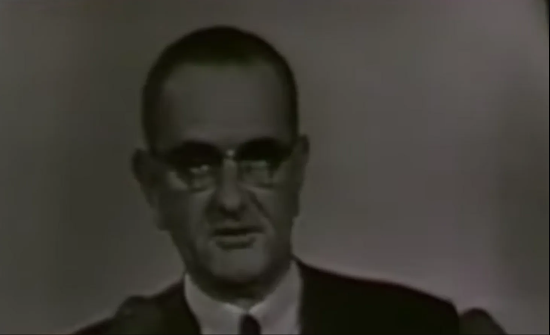Why Norway? In my account of the Biden Administration’s decision to destroy the Nord Stream pipelines, why did much of the secret planning and training for the operation take place in Norway? And why were highly skilled seamen and technicians from the Norwegian Navy involved?
The simple answer is that the Norwegian Navy has a long and murky history of cooperation with American intelligence. Five months ago that teamwork—about which we still know very little—resulted in the destruction of two pipelines, on orders of President Biden, with international implications yet to be determined. And six decades ago, so the histories of those years have it, a small group of Norwegian seamen were entangled in a presidential deceit that led to an early—and bloody—turning point in the Vietnam war.
After the Second World War, ever prudent Norway invested heavily in the construction of large, heavily armed fast attack boats to defend its 1,400 miles of Atlantic Ocean coastline. These vessels were far more effective than the famed American PT boat that was ennobled in many a postwar movie. These boats were known as “Nasty-class,” for their powerful gunnery, and some of them were sold to the US Navy. According to reporting in Norway, by early 1964 at least two Norwegian sailors confessed to their involvement in CIA-led clandestine attacks along the North Vietnam coast. Other reports, never confirmed, said the Norwegian patrol boats where manned by Norwegian officers and crew. What was not in dispute was that the American goal was to put pressure on the leadership in North Vietnam to lessen its support of the anti-American guerrillas in South Vietnam. The strategy did not work.
None of this was known at the time to the American public. And the Norwegians would keep the secret for decades. The CIA’s lethal game of cat-and-mouse warfare led to a failed attack on August 2, 1964, with three North Vietnamese gunships engaging two American destroyers—the USS Maddox and the USS Turner Joy—on a large body of contested water known as the Gulf of Tonkin that straddled both North and South Vietnam.
Two days later, with the destroyers still intact, the commander of the Maddox cabled his superiors that he was under a torpedo attack. It was a false alarm, and he soon rescinded the report. But the American signals intelligence community—under pressure from Secretary of Defense Robert McNamara, who was doing President Johnson’s bidding—looked the other way as McNamara ignored the second cableand Johnson told the American public there was evidence that North Vietnam had attacked an American destroyer. Johnson and McNamara had found a way to take the war to North Vietnam.
Johnson’s nationally televised speech on the evening of August 4, 1964, is chilling in its mendacity, especially when one knows what was to come.
“This new act of aggression,” he said, “aimed directly at our own forces, again brings home to all of us in the United States the importance of the struggle for peace and security in Southeast Asia. Aggression by terror against the peaceful villagers of South Vietnam has now been joined by open aggression on the high seas against the United States of America.” (more...)
From the Gulf of Tonkin to the Baltic Sea. Seymour Hersh

No comments:
Post a Comment